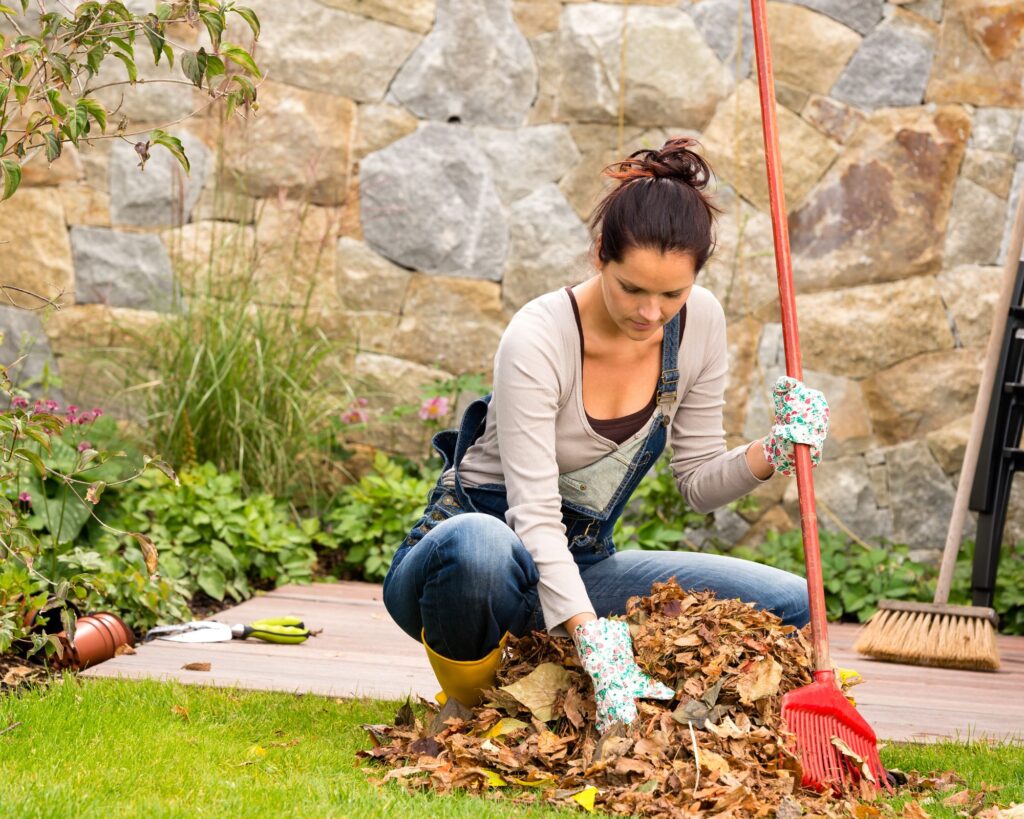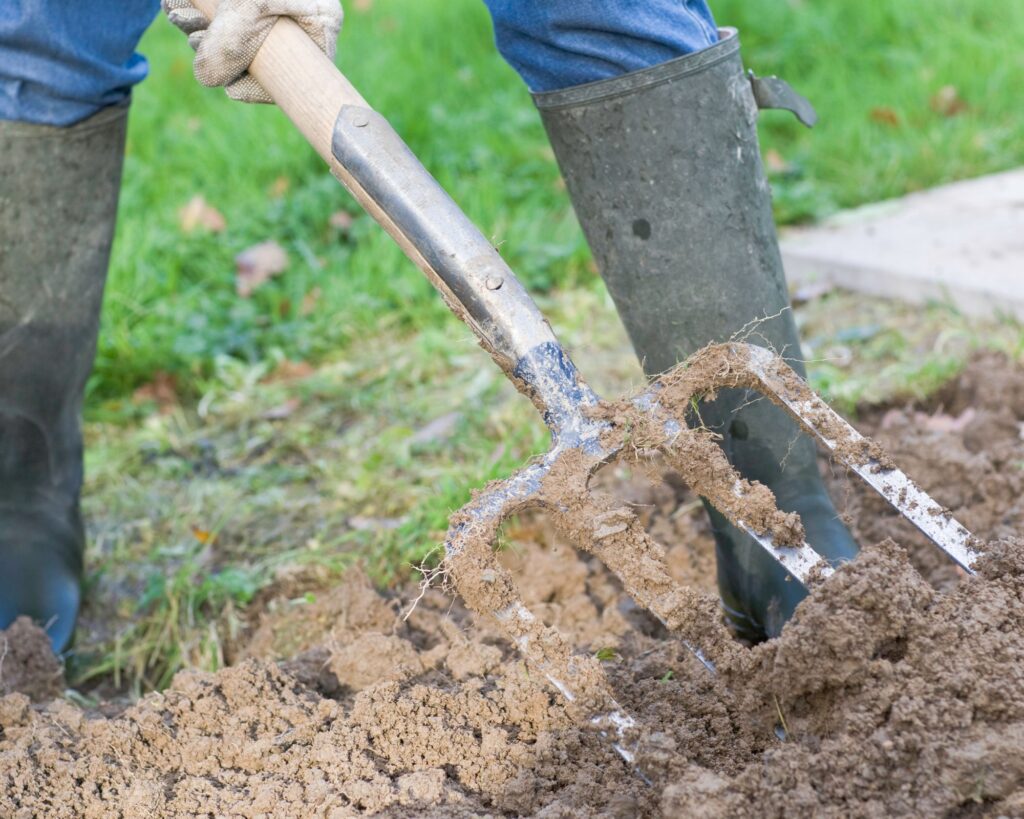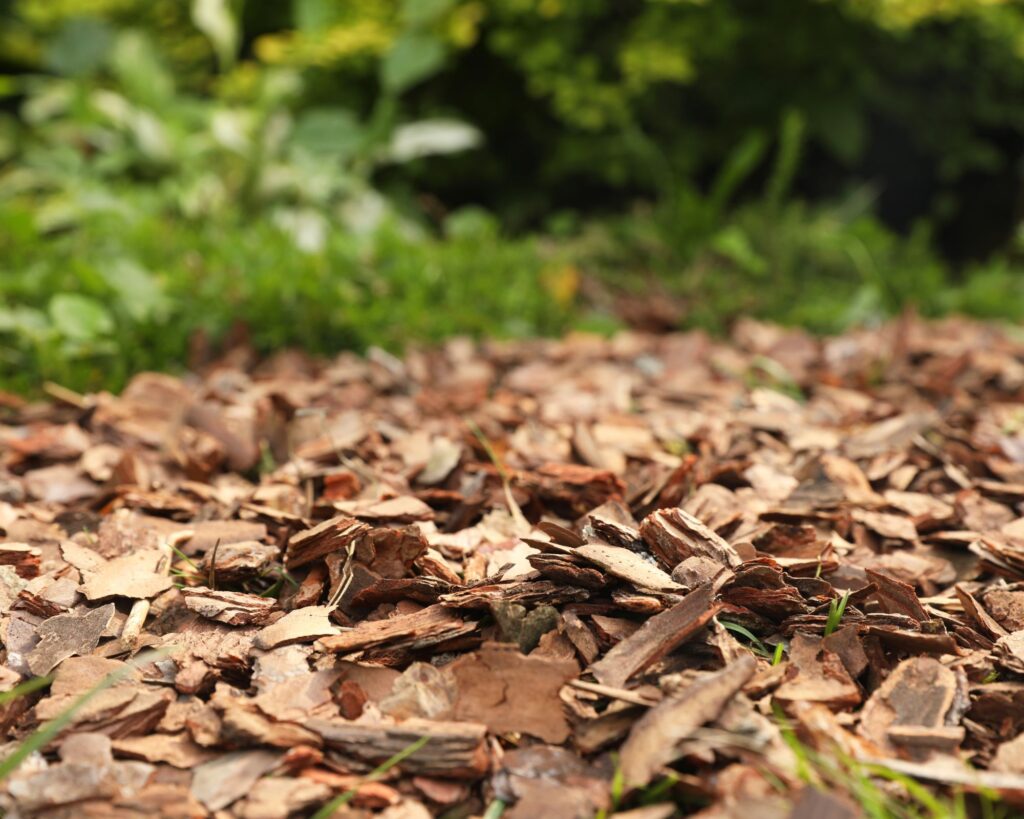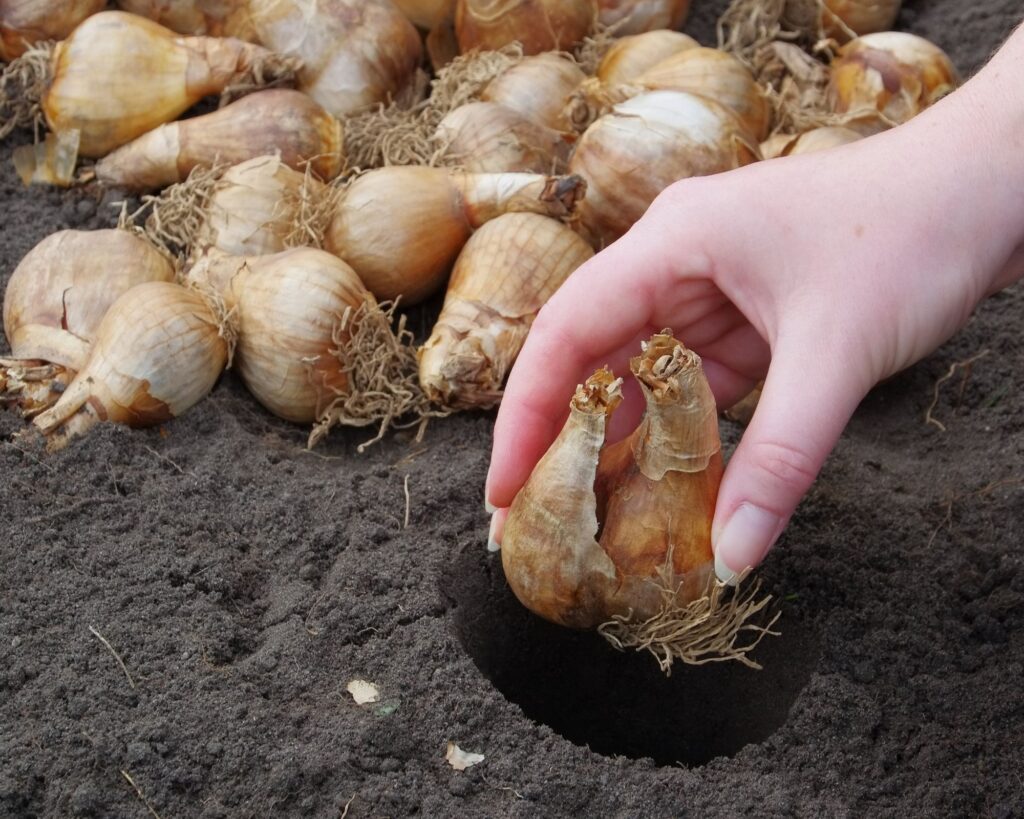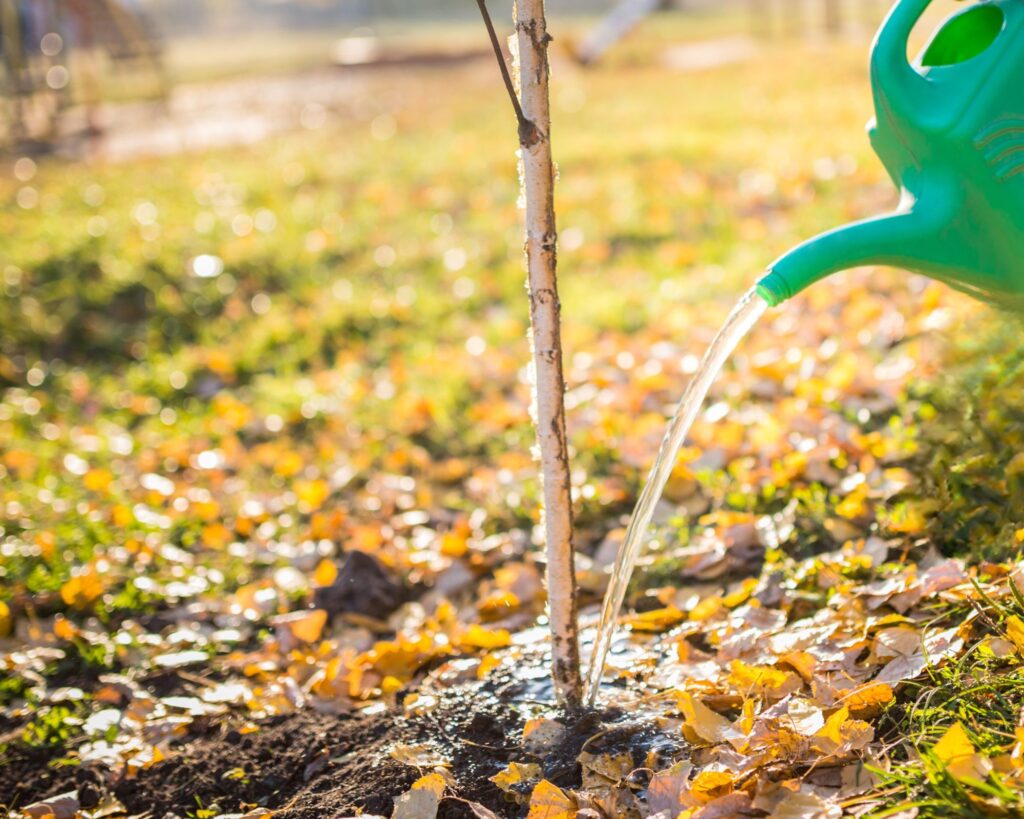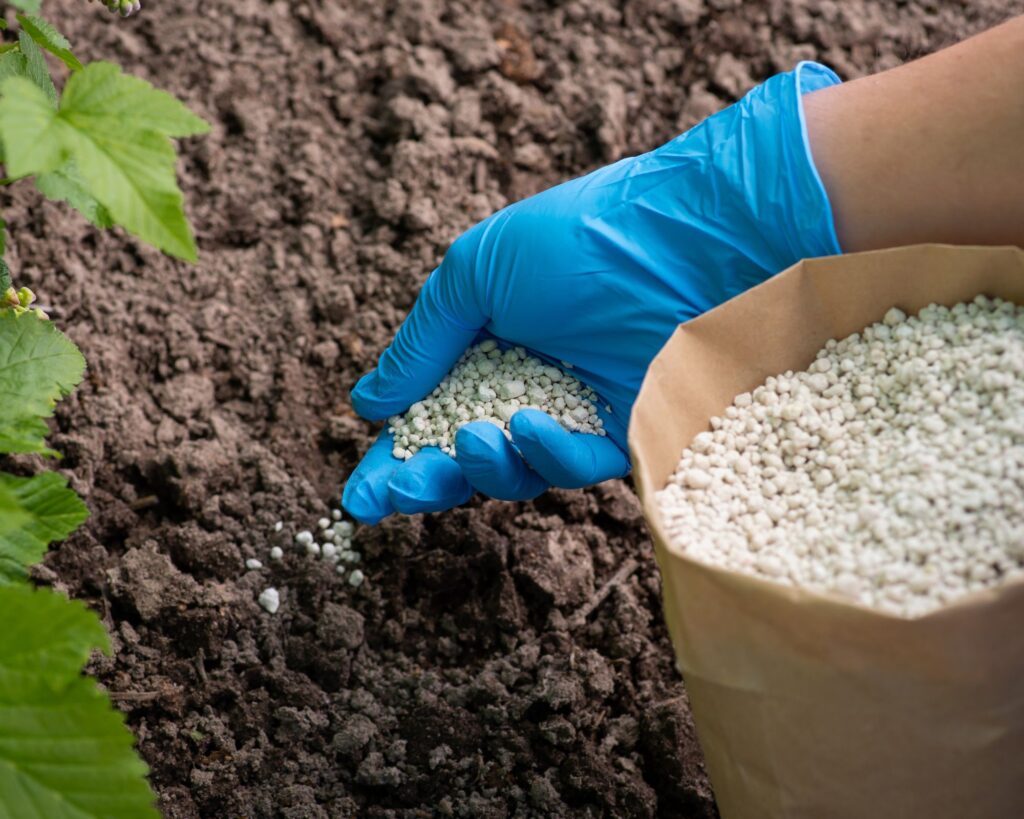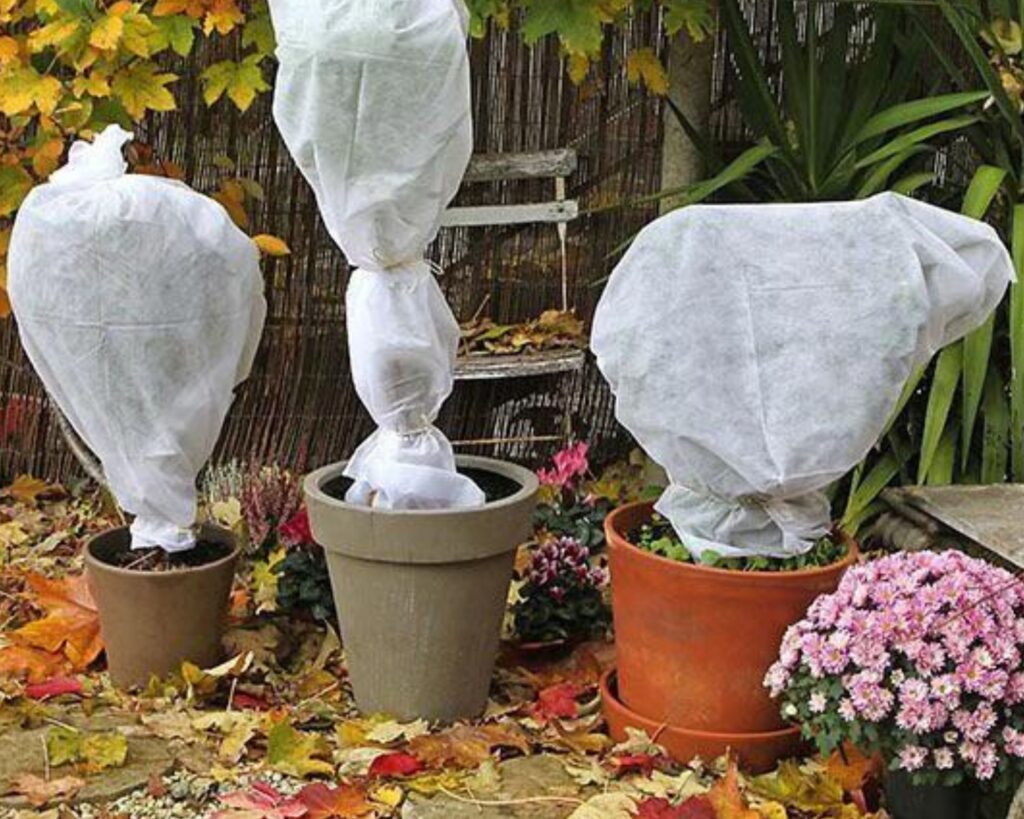As autumn paints your garden in hues of gold and crimson, the real work begins. Fall is more than just a time for harvest; it’s the season that sets the stage for your garden’s future success.
But beware -this is also when even the most seasoned gardeners can make missteps that doom their spring gardens.
In this post, we’ll expose the top 10 fall gardening blunders that could be silently sabotaging your hard work and how you can avoid them to ensure a lush and vibrant garden come spring.
1. Neglecting to Clean Up the Garden
One of the most common mistakes gardeners make in the fall is failing to properly clean up their gardens. After a long growing season, it’s easy to leave plants, fallen leaves, and debris where they fall.
However, this can lead to several problems. Plant debris can harbor pests, diseases, and fungi that can overwinter and cause issues the following spring.
How to Avoid: Take the time to clear out dead plants, leaves, and other debris. Compost healthy plant material, but discard anything that shows signs of disease or pest infestation to prevent spreading issues next year.
Cleaning up your garden in the fall sets the stage for a healthier garden in the spring.
2. Skipping Soil Preparation
Many gardeners make the mistake of neglecting their soil in the fall, thinking that it can wait until spring. However, fall is an ideal time to prepare your soil for the next growing season.
By improving your soil now, you’ll give your garden a head start when the weather warms up.
How to Avoid: Begin by testing your soil’s pH and nutrient levels. Add compost, manure, or other organic matter to enrich the soil. If your soil is too acidic or alkaline, adjust it accordingly with lime or sulfur.
Fall is also a great time to till the soil, breaking up compacted areas and incorporating organic matter. Preparing your soil in the fall helps ensure a fertile and well-drained foundation for spring planting.
3. Overlooking Mulching
Mulching is often associated with spring gardening, but it’s just as important in the fall. Skipping this step can leave your garden vulnerable to harsh winter conditions, leading to soil erosion, weed growth, and temperature fluctuations that can stress plants.
How to Avoid: Apply a thick layer of mulch around your plants and over bare soil. This will help insulate the soil, retain moisture, and protect plant roots from freezing temperatures.
Mulch also suppresses weeds and prevents soil erosion during winter rains. Choose organic mulches like shredded leaves, straw, or wood chips, which will decompose and add nutrients to the soil over time.
4. Planting Too Late
Fall is a great time to plant certain bulbs, perennials, and trees, but timing is crucial. Many gardeners wait too long to plant, not realizing that these plants need time to establish roots before the ground freezes.
How to Avoid: Plan your fall planting early, ideally six to eight weeks before the first hard frost. This gives plants enough time to develop strong root systems, which are essential for surviving winter.
If you’re planting bulbs, aim to get them in the ground once temperatures cool but before the ground freezes. This way, they’ll be ready to burst into bloom when spring arrives.
5. Forgetting to Water
As temperatures drop, it’s easy to assume that plants don’t need as much water. However, fall can bring dry conditions, and newly planted trees, shrubs, and perennials need consistent moisture to establish roots.
Forgetting to water in the fall can leave your plants stressed and vulnerable to winter damage.
How to Avoid: Keep an eye on rainfall and supplement with watering as needed, especially for newly planted or transplanted items. Water deeply to encourage roots to grow downward, which will help plants access moisture during winter.
Continue watering until the ground freezes, then resume as soon as temperatures warm up in the spring.
6. Pruning at the Wrong Time
Pruning is a necessary task in garden maintenance, but timing is everything. Pruning at the wrong time in the fall can stimulate new growth that won’t have time to harden off before winter, leading to damage or dieback.
How to Avoid: Avoid heavy pruning in the fall, especially for trees and shrubs. If you need to prune, focus on removing dead or damaged branches only.
Wait until late winter or early spring for major pruning tasks, when plants are dormant, and new growth will be protected from frost damage.
7. Ignoring Fall Fertilization
Many gardeners assume that fertilizing in the fall isn’t necessary since plants are heading into dormancy. However, fall is an important time to provide nutrients that will strengthen roots and prepare plants for the stress of winter.
How to Avoid: Use a slow-release fertilizer that is high in potassium and phosphorus, which help with root development and overall plant health. Avoid high-nitrogen fertilizers, as they encourage leafy growth that can be damaged by frost.
Apply fertilizer in late fall to give your plants the best chance to survive and thrive when spring arrives.
8. Not Protecting Tender Plants
Some plants are more sensitive to cold and need extra protection to survive winter. Failing to protect these tender plants can result in unnecessary loss when temperatures plummet.
How to Avoid: Identify the most vulnerable plants in your garden, such as young perennials, newly planted shrubs, or tender bulbs. Use row covers, cloches, or frost blankets to protect them from cold snaps.
You can also mound soil or mulch around the base of plants to insulate roots. For particularly sensitive plants, consider moving them indoors or to a sheltered location.
9. Overlooking Pest and Disease Prevention
Pests and diseases don’t disappear with the first frost. In fact, many can overwinter in your garden and return with a vengeance in the spring. Ignoring pest and disease prevention in the fall can set you up for problems later.
How to Avoid: After cleaning up your garden, consider applying dormant oil sprays to fruit trees and shrubs to kill overwintering pests. Remove any diseased plants or leaves, and avoid composting them to prevent spreading.
Rotate crops in vegetable gardens to reduce the risk of soil-borne diseases.
Keeping your garden clean and well-maintained in the fall will minimize pest and disease issues next year.
10. Leaving Containers Unprotected
If you have container plants, they’re especially vulnerable to freezing temperatures. Many gardeners forget to protect their containers, leading to cracked pots and damaged plants.
How to Avoid: Move containers to a sheltered location, such as a garage or basement, before the first hard frost. If you can’t move them indoors, wrap containers in burlap or bubble wrap to insulate them.
Elevate containers off the ground to prevent them from sitting in water, which can freeze and damage the roots.
Water sparingly during winter to avoid root rot, but don’t let the soil dry out completely.

